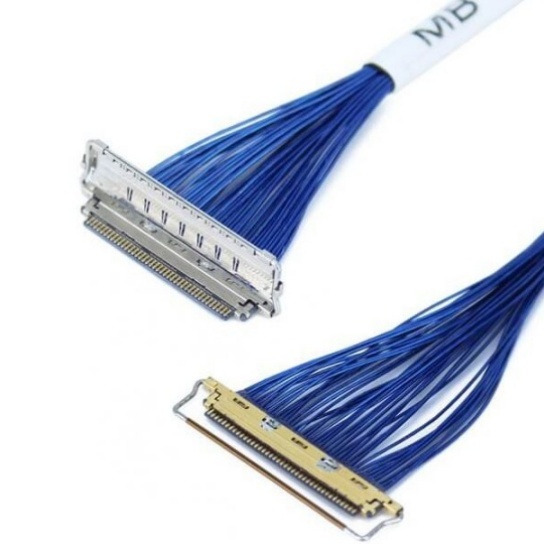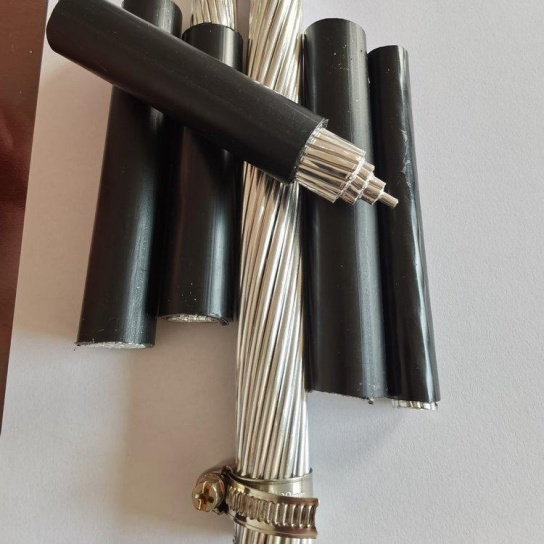What are the Most Common Aviation Cable Sizes?
In the aviation industry, cables play a crucial role in ensuring the safe and efficient operation of aircraft. They are used for various applications, including flight control systems, electrical wiring, and communication systems. Understanding the most common aviation cable sizes is essential for aircraft manufacturers, maintenance technicians, and anyone involved in the aviation field. In this article, we will explore the typical cable sizes used in aviation and their applications.
Common Aviation Cable Sizes
Aviation cables come in a variety of sizes, with different diameters and strand configurations. The most common aircraft cable diameters range from 1/32″ to 3/8″, and they are typically available in 1×7, 1×19, 7×7, and 7×19 strand configurations. These sizes are used in different applications based on the required strength, flexibility, and electrical conductivity.
1×7 Strand Cables
1×7 strand cables consist of a single strand of seven wires. They are relatively small in diameter and offer moderate strength and flexibility. These cables are commonly used in applications where space is limited, and a lightweight cable is required. Examples of applications for 1×7 strand cables include control cables for small aircraft, where the load is not too heavy, and in some electrical wiring applications where a flexible cable is needed.
1×19 Strand Cables
1×19 strand cables are made up of a single strand of nineteen wires. They are larger in diameter compared to 1×7 strand cables and offer higher strength and flexibility. These cables are often used in applications where a more robust cable is required, such as in primary flight control systems. The 1×19 strand configuration provides better resistance to fatigue and wear, making it suitable for critical applications.
7×7 Strand Cables
7×7 strand cables consist of six strands of seven wires each, laid around a center strand of seven wires. This configuration gives the cable a relatively high strength-to-weight ratio. 7×7 strand cables are commonly used in applications where a balance between strength and flexibility is needed. They are often used in engine controls, control tabs, and other secondary flight control systems.
7×19 Strand Cables
**
7×19 strand cables have an additional layer of 12 wires laid over the 7×7 configuration in the opposite direction. This makes them more flexible and stronger than 7×7 strand cables. 7×19 strand cables are mainly used in primary flight controls, where a highly flexible cable is required to transmit forces accurately. They are also used in applications where the cable needs to withstand high loads and repeated bending.
Applications of Different Cable Sizes
The choice of cable size depends on the specific application and the requirements of the aircraft system. Here are some common applications for different aviation cable sizes:
Flight Control Systems
In flight control systems, cables are used to transmit control inputs from the cockpit to the control surfaces of the aircraft, such as ailerons, elevators, and rudders. The cables need to be strong enough to withstand the forces exerted during flight and flexible enough to allow smooth movement. 7×19 strand cables are commonly used in primary flight controls due to their high strength and flexibility. 7×7 strand cables may be used in secondary flight controls or in applications where the load is relatively light.
Electrical Wiring
Aviation electrical wiring requires cables that can carry electrical current safely and efficiently. The size of the cable depends on the amount of current it needs to carry and the length of the wire run. Larger diameter cables are used for high-current applications, such as powering engines, landing gear, and other critical systems. Smaller diameter cables are used for low-current applications, such as lighting, instrumentation, and communication systems. The choice of cable material, such as copper or aluminum, also affects the cable size required for a particular application.
Communication Systems
Communication systems in aircraft rely on cables to transmit signals between different components, such as radios, transponders, and antennas. These cables need to have low electrical resistance and be able to transmit signals without interference. Coaxial cables are commonly used in communication systems due to their ability to provide a shielded connection. The size of the coaxial cable depends on the frequency and power of the signals being transmitted.
Choosing the Right Cable Size
Selecting the appropriate aviation cable size is crucial for the safe and reliable operation of aircraft systems. Here are some factors to consider when choosing a cable size:
Load Requirements
Determine the maximum load that the cable will need to withstand. This includes both static and dynamic loads, such as the forces exerted during flight or the vibrations experienced by the aircraft. Choose a cable size that has a sufficient strength rating to handle the expected load.
Flexibility Needs
Consider the amount of flexibility required for the cable to function properly. Some applications, such as flight control systems, require cables that can bend and flex easily without breaking. Choose a cable with the appropriate strand configuration and flexibility rating for the application.
Electrical Requirements
If the cable is used for electrical wiring, consider the amount of current it needs to carry and the allowable voltage drop. Use a cable size that meets the electrical requirements of the system to ensure efficient power transmission.
Environmental Conditions
Take into account the environmental conditions that the cable will be exposed to, such as temperature, humidity, and corrosive substances. Choose a cable material that is resistant to the expected environmental conditions to ensure long-term reliability.
Compliance with Standards
Ensure that the chosen cable size and type comply with relevant aviation standards and regulations. These standards are in place to ensure the safety and performance of aircraft systems.
In conclusion, understanding the most common aviation cable sizes and their applications is essential for anyone involved in the aviation industry. By considering the load requirements, flexibility needs, electrical requirements, environmental conditions, and compliance with standards, you can choose the right cable size for your specific application. This will help to ensure the safe and efficient operation of aircraft systems and contribute to the overall reliability of the aircraft.






